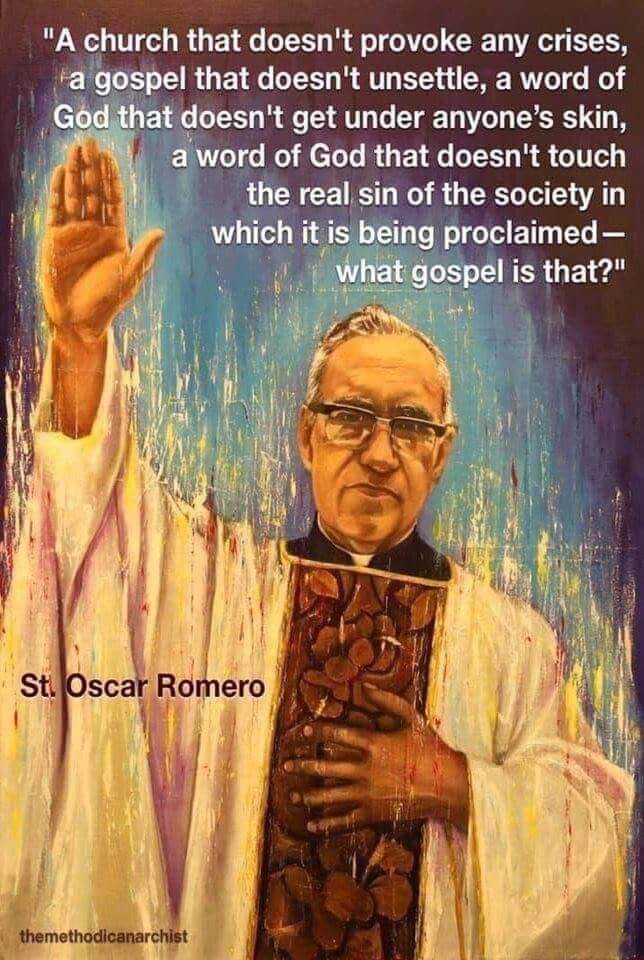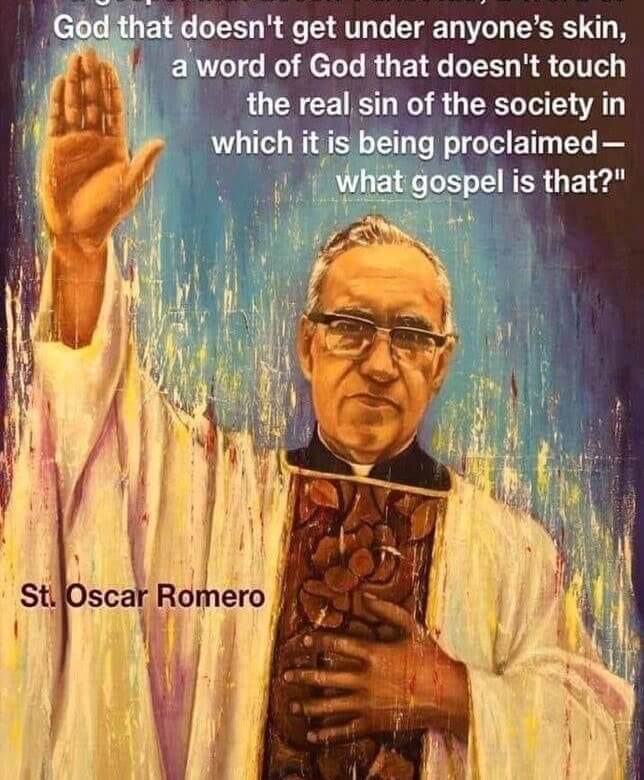The Sinful Church and The Healing Grace of God
by Jim Morin, Talca, Chile
Volume 35 Issue 7, 8 & 9 | Posted: October 4, 2021

The Church is not a perfect society. It is a sinful human but divinely inspired institution, that is called upon to seek the fullness of the Kingdom or reign of God on earth. When we pray “thy Kingdom come, thou will be done on earth as it is in heaven,” what does that mean to us? What is God’s will? How do we discern signs of the reign of God among us?
2.
When I was a young activist, the question of God’s will seemed a mystery that pulled me in all directions as I tried to respond to so many psychological, social justice and human rights issues.
Once, when I was on the verge of burnout I asked Rosalie Bertell, how she was able to be so centered and at peace with so many levels of commitment as a religious nun, nuclear scientist, mystic poet and respected activist in local, national and international organizations.
She thought briefly and responded that when she was fourteen years old, she discovered God’s love and since then her life has been centered on learning how to respond to that love with the abilities she has.
Rosalie’s response helped me grasp two aphorisms in Kierkegaard: “purity of heart is to will one thing” and that “truth is subjective”. Her life also gave me a concrete example of Lonergan’s affirmation that “genuine objectivity is the fruit of subjective authenticity.”
The fruits of authentic loving attention, understanding, judgement and decision are perceivable in intersubjective commitments as well as in the development of objective knowledge that can humanize in so many fields. For me the signs of the earthly presence of God’s reign appear through knowledge of truth, virtuous commitment to social justice and human rights and openness to the grace of human and divine love.
3.
So, I believe that the reign of God’s truth, love and goodness are the standard, not the Church. In her and our weaknesses, biases and resentments, she and us fall into cycles of personal and institutional sin, that are both spiritual and bodily. This is why the sins of the Church are so scandalous because she presents herself as the bodily sacramental manifestation of Christ, attentive to the movement of the Spirit that invites us to be open to the ever-present grace of God’s love.
When priestly authorities abuse this divinely inspired power, while negating, rationalizing or hiding their abuses, in order to defend the institution, they are repeating the sin of the supreme religious authority who condemned Jesus. Caiaphas, the high priest “who had counseled the Jews that it was better that one man should die rather than the people.” John 18,13-14.
Authorities who cover up the abuses of priests, religious and church organizations in order to protect the institution from scandal are committing the same sin in their willingness to sacrifice innocent victims. Unfortunately, under the administration of some ecclesial authorities, this behaviour has become institutionalized practice.
To avoid scandal, they sin against the Gospel of Jesus, against the inspiration of the Spirit, against the grace of divine love. When ecclesial authority allows this to happen the Church loses its teaching authority and healing credibility, then they deceive themselves and others by blaming secularism and the lack of faith as the causes.
The definition of Church authority and governance under Roman imperial structures and within the metaphysical assumptions of classical and medieval philosophy should be subjected to critical analysis to overcome limitations and correct errors. A theology that was based upon the assumption of the universal, a-historical and immutable norms of a classical culture led to imposing baptism upon supposed barbarians and the sentencing to torture and death of those who resisted conversion. The residential schools that sought to integrate aboriginal children operated theologically, politically and institutionally under this misguided conception of culture and religion.
4.
This is not the church I want to identify with and be a part of. So, I have opted to question her from within and by being on the margins. Over the years my critical distance has grown in relation to the official hierarchical church dominated and administered by clerical priests. Although my position is not as radical as that of James Carroll, who proposes abolishing the priesthood, his pedagogy merits consideration.
I recall a conference in my university on Church abuse I participated in a decade ago, in which committed and authentic priests I know participated. One of them used the images of the Church as a prostitute and mother. He said, given that in her love of Jesus she had given birth to his faith, now as a loyal son he is committed to critically questioning her conduct when she abuses that love.
I find it helpful to discern the ontological structures of the Church Jesus constituted. This has guided my deliberation on critical questions. What are we called to do as a community of faith in order to reform misguided conducts and conceptions which have so damaged the Church? What model of Church can guide us in our deliberations to be authentic disciples of Jesus? From the perspective of pastoral theology Jesus called his disciples to actualize his mission and message in dialogue with the needs of those who suffer in diverse cultural and historical contexts.
Jim Morin is a Canadian who has retired as a pastoral educator in Chile after 40 years there.
Part 2 in December ICN
by Jim Morin, Talca, Chile

